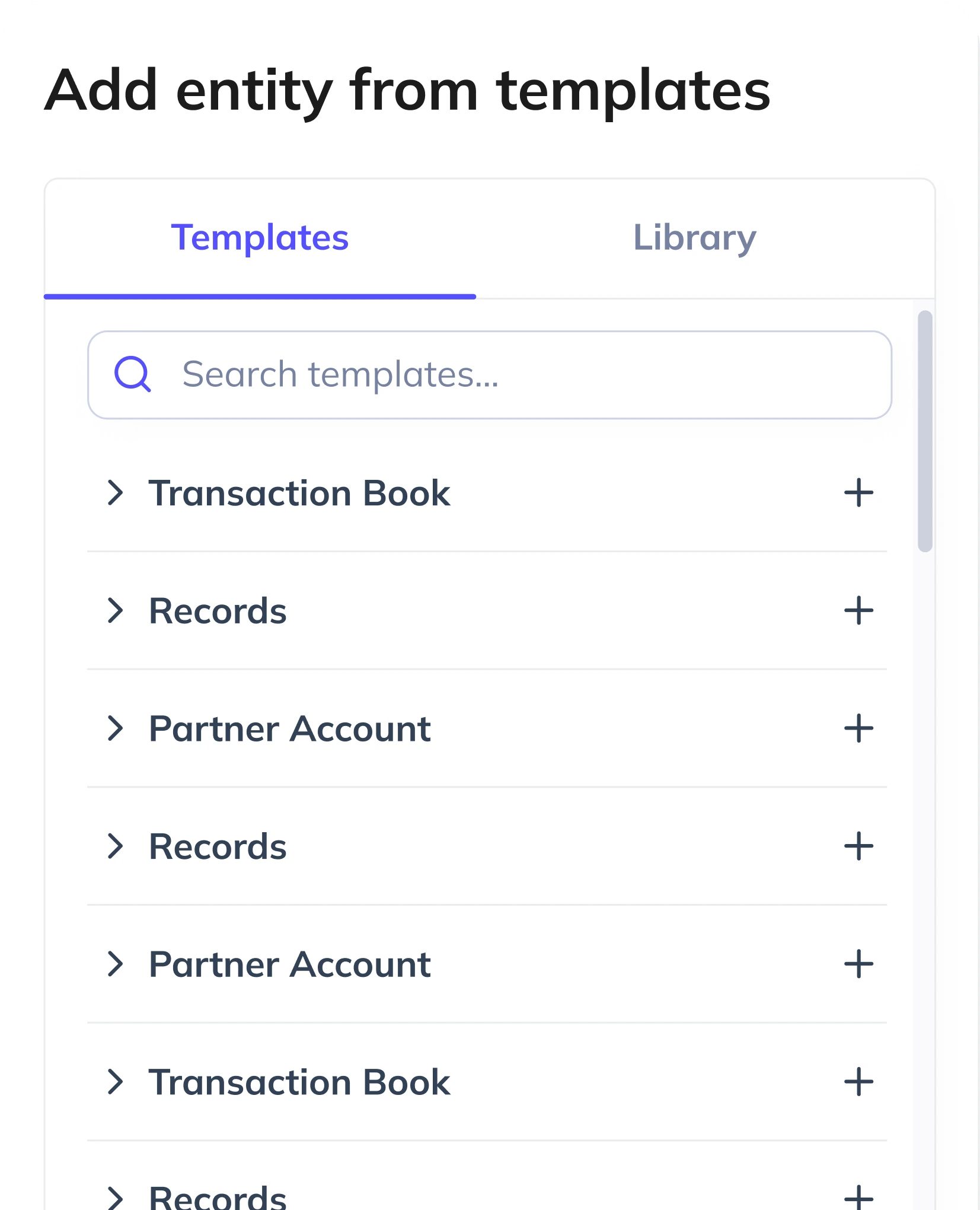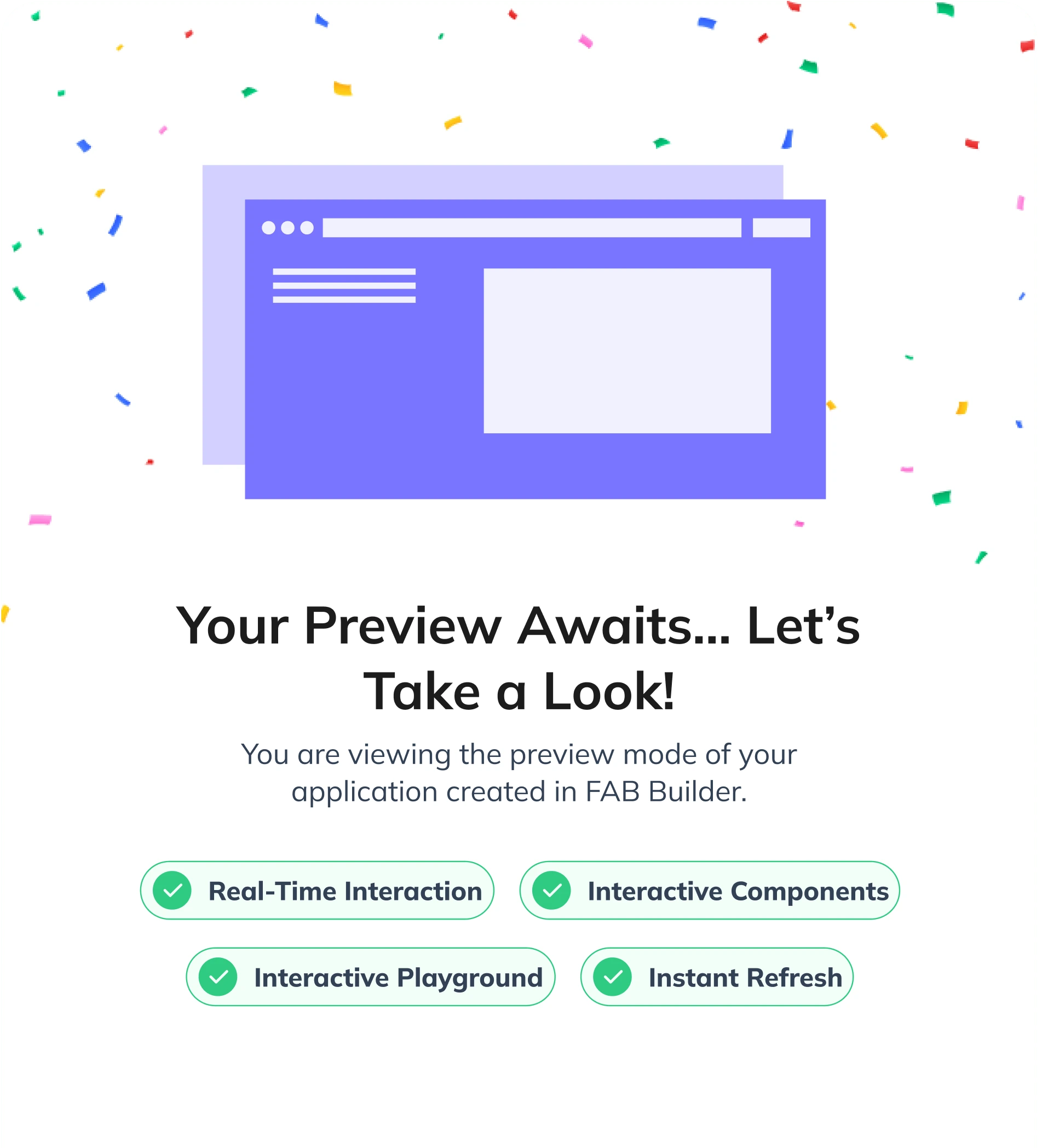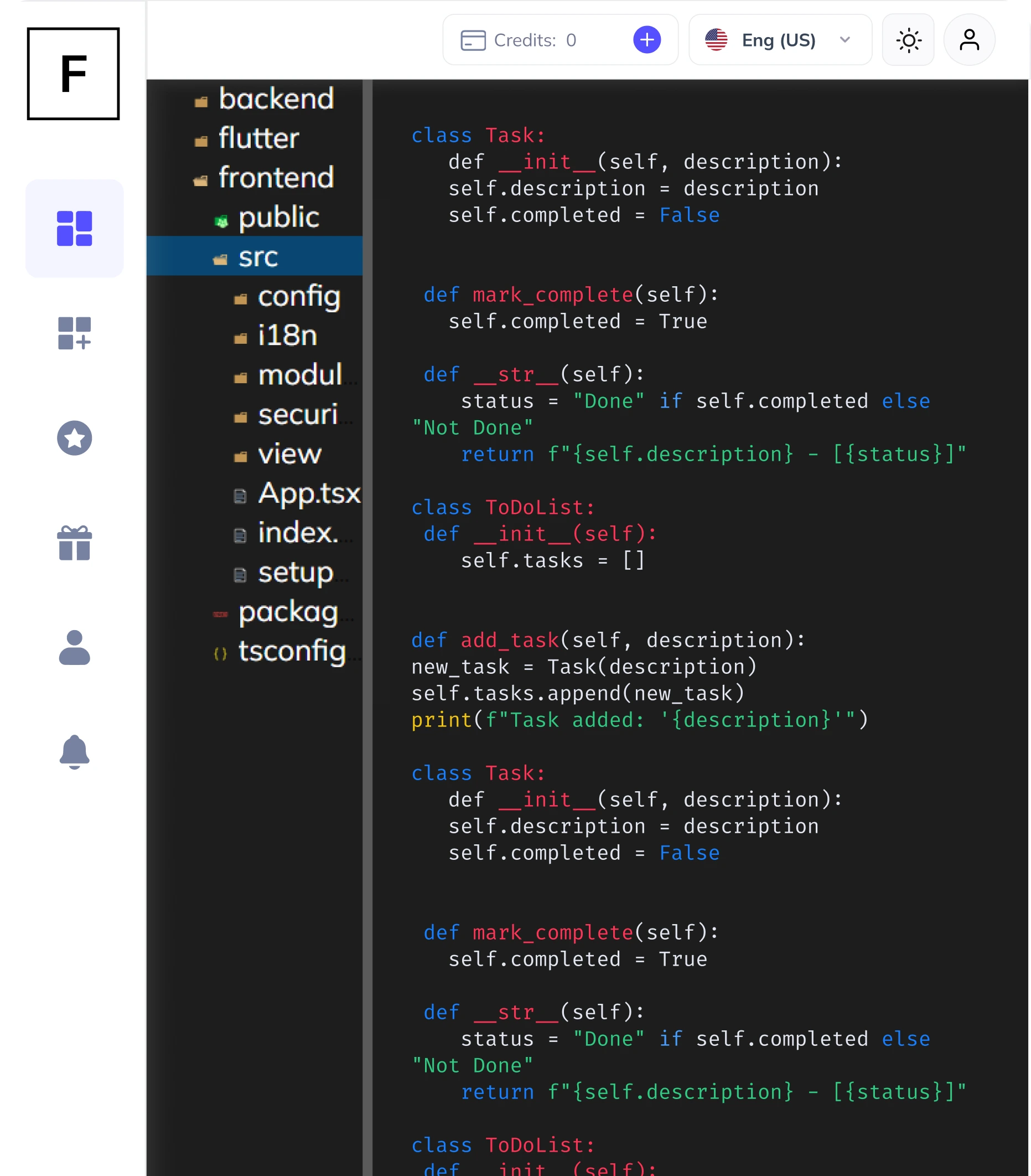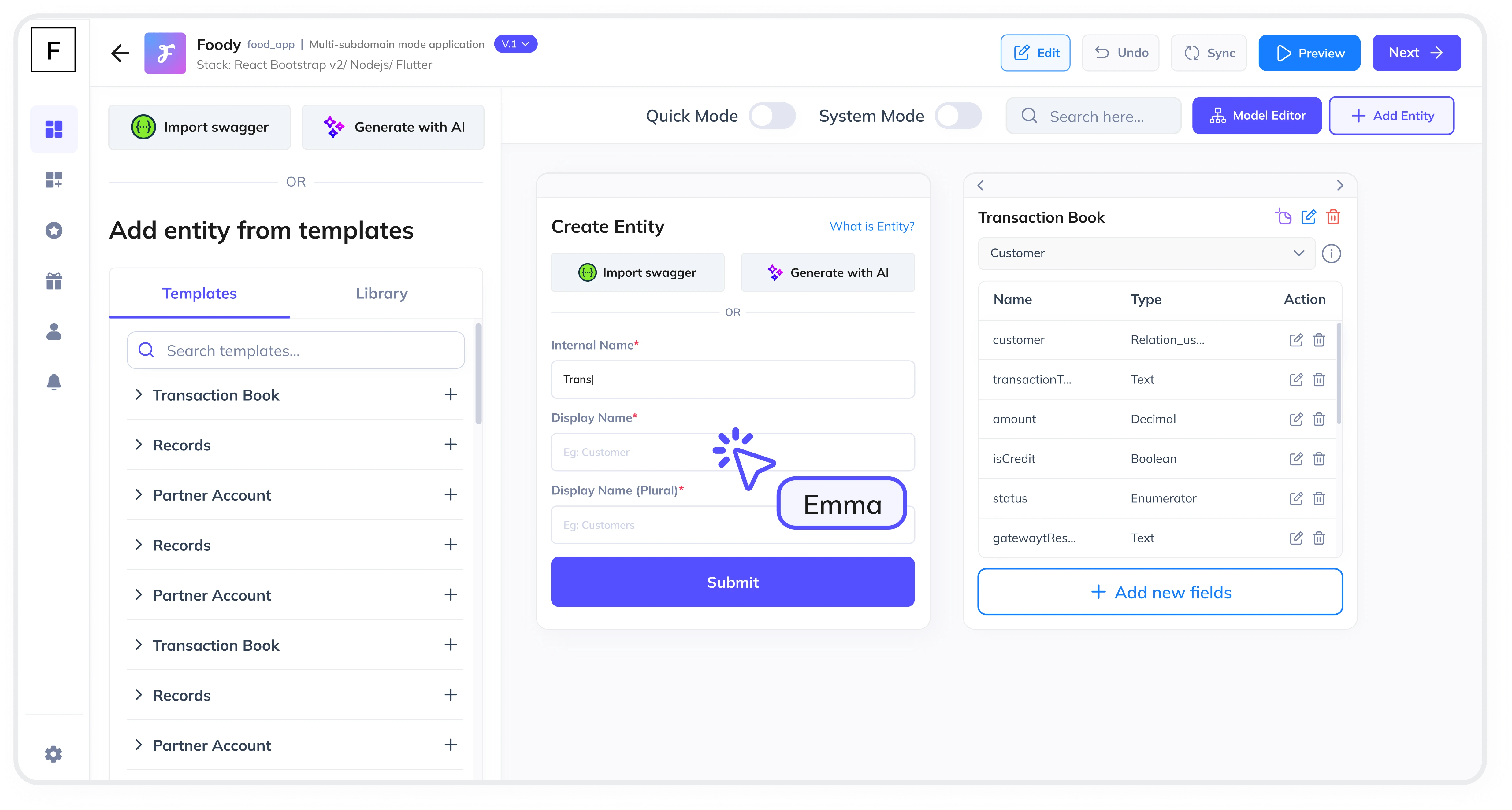Summarize and analyze this article with:
The User Profiles module is a cornerstone of any social networking platform. It manages user information and preferences, enabling individuals to create and customize their profiles with details like names, bios, profile pictures, and contact information. This module also allows users to update their interests, privacy settings, and notification preferences, ensuring a personalized experience. Additionally, it supports social interactions by displaying user activity, connections, and shared content, fostering engagement within the platform.
Why is the User Profiles Module Important?
The User Profiles module is essential for:
- Personalization: Users can tailor their profiles to reflect their identity and preferences.
- Engagement: It facilitates social interactions by showcasing user activity and connections.
- Privacy Control: Users can manage their privacy settings and control who sees their information.
- Data Management: It centralizes user data, making it easier to manage and analyze.
Step 1: Define the Scope and Requirements
Before diving into development, outline the scope and requirements of your User Profiles module. Consider the following:
- What information will users provide (e.g., name, bio, profile picture)?
- What customization options will users have (e.g., themes, layouts)?
- How will privacy settings and notification preferences be managed?
- What social interactions will the module support (e.g., activity feeds, connections)?
Step 2: Choose Your Tech Stack
- Select your preferred frontend, backend, and database technologies from FAB Builder’s supported tech stacks:
- Frontend: React.js, Angular, Vue.js
- Backend: Node.js, Java, .NET
- Database: MongoDB, PostgreSQL, MySQL
Step 3: Design the Database Schema
Design a robust database schema to store user information. Key tables might include:
- Users: Stores basic user information (e.g., name, email, password).
- Profiles: Stores profile-specific data (e.g., bio, profile picture URL).
- Preferences: Stores user preferences (e.g., notification settings, privacy controls).
- Connections: Manages user relationships (e.g., friends, followers).
Step 4: Develop the Backend
Build the backend logic to handle user data and interactions. Key functionalities include:
- User Authentication: Secure login and registration processes.
- Profile Management: APIs to create, update, and retrieve user profiles.
- Privacy Controls: Logic to enforce privacy settings.
- Social Interactions: APIs to manage connections and activity feeds.
Step 5: Create the Frontend Interface
Design an intuitive and responsive frontend interface for the User Profiles module. Key components include:
- Profile Page: Displays user information and customization options.
- Settings Page: Allows users to update preferences and privacy settings.
- Activity Feed: Shows user activity and interactions.
- Connection Management: Enables users to manage their connections.
Step 6: Implement Security Measures
Ensure the User Profiles module is secure by implementing:
- Data Encryption: Encrypt sensitive user data.
- Authentication: Use secure authentication methods (e.g., OAuth, JWT).
- Authorization: Enforce role-based access controls.
- Input Validation: Prevent SQL injection and other attacks.
Step 7: Test and Deploy
Thoroughly test the User Profiles module to ensure it meets all requirements and is free of bugs. Once testing is complete, deploy the module to your production environment.

How FAB Builder Simplifies the Process
With FAB Builder, you can streamline the development of the User Profiles module and other application components. FAB Builder's low-code platform allows you to:
- Generate production-ready code for full-stack applications, including mobile apps.
- Leverage AI-assisted entity creation to define your application's structure.
- Customize and download the full source code, ensuring complete ownership of your intellectual property.
- Deploy your application to AWS, GCP, or Azure with a single click.
- Create SaaS applications with multi-tenant configurations, enabling you to sell subscriptions to B2B consumers.
Whether you're building a social networking platform or any other application, FAB Builder provides the platform and flexibility you need to bring your vision to life.
Ready to get started?
Explore FAB Builder today and revolutionize your application development process!


















